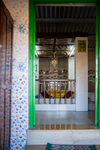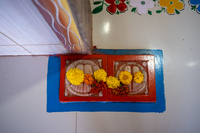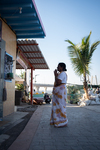Select an image to start the slideshow

Worli_religious_sites-34.jpg
1 of 10

Worli_religious_sites-13.jpg
2 of 10

Worli_religious_sites-11.jpg
3 of 10

Worli_religious_sites-7.jpg
4 of 10

Worli_religious_sites-9.jpg
5 of 10

Worli_religious_sites-3.jpg
6 of 10

Worli_religious_sites-5.jpg
7 of 10

Worli_religious_sites-6.jpg
8 of 10

Worli_religious_sites-4.jpg
9 of 10

Worli religious sites-1
10 of 10